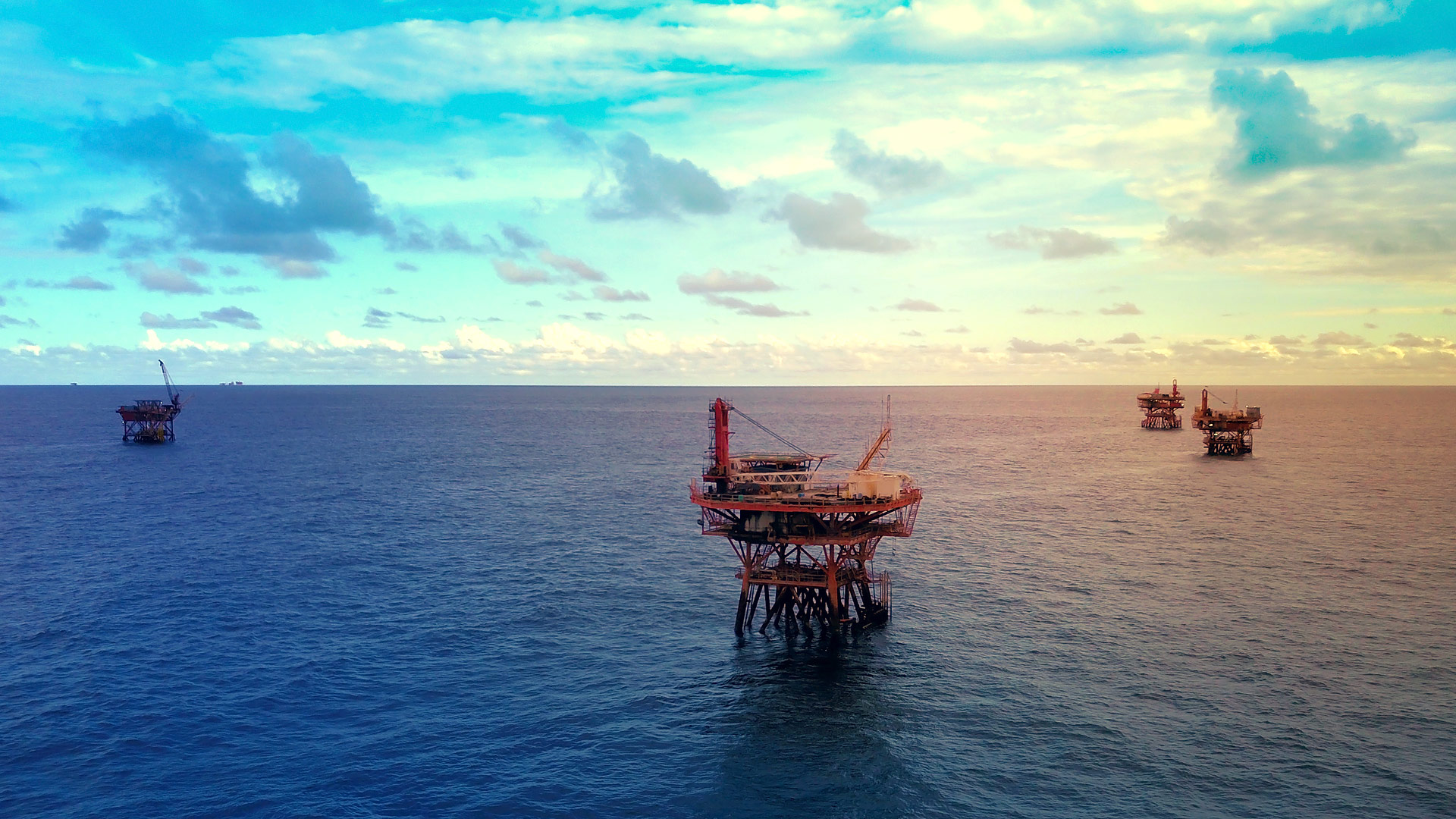Our Assets – East Coast

Trinity has been operating and producing offshore the East Coast of Trinidad since 2013. The assets are operated under a licence agreement (Galeota Exploration and Production Licence) with the Ministry of Energy and Energy Industries within the Columbus basin.
East Coast Summary
| Assets | Working Interest % | 2P Reserves mmboe |
2C Resources mmboe |
Avg. Production bopd |
| East Coast | 100% | 7.78 | 31.21 | 943 |
Current East Coast production is from the Alpha, Bravo and Delta platforms in the Trintes Field which is located within the Galeota Block.
Current East Coast production is generated from the Alpha, Bravo and Delta platforms in the Trintes field located in the Galeota block.
Average net sales for 2023 from the East Coast were 943 bopd (2022 1,051 bopd) which accounts for 34% of Group sales for the period.
The Galeota licence has significant growth potential from undeveloped reserves and resources in the Trintes field and broader development of the Galeota block.
Having paused the Galeota farm-out process in May 2022, the Company initiated an in-depth review of the opportunities across the offshore Galeota block, including the existing Trintes producing field, to formulate a revised development plan that offers greater capital efficiency and shorter development and payback timelines.